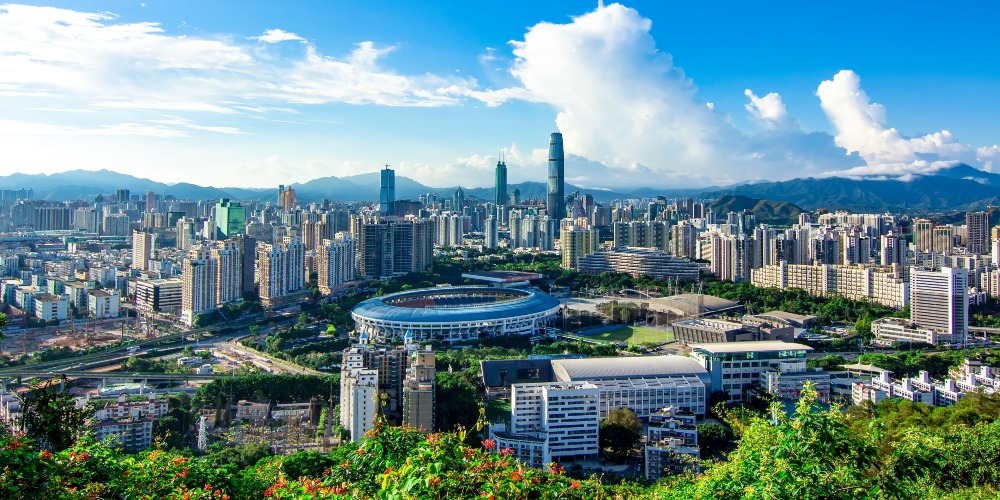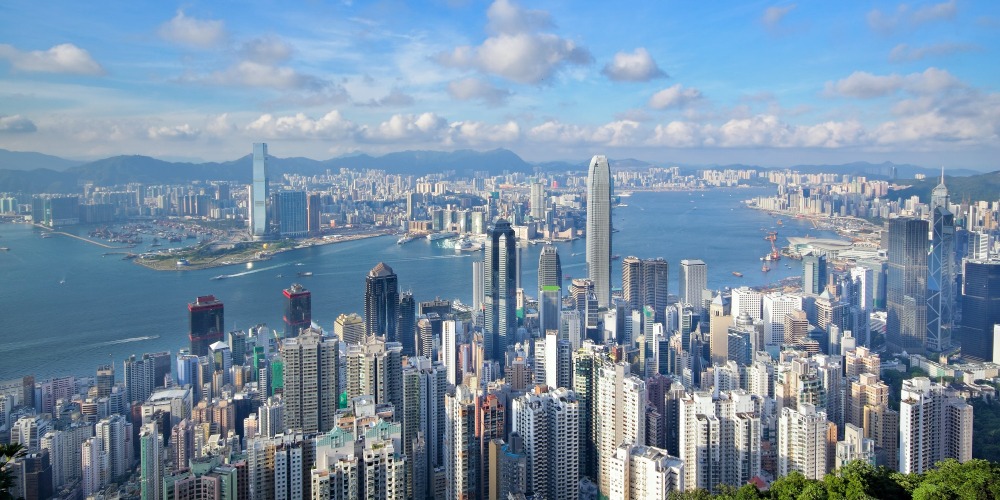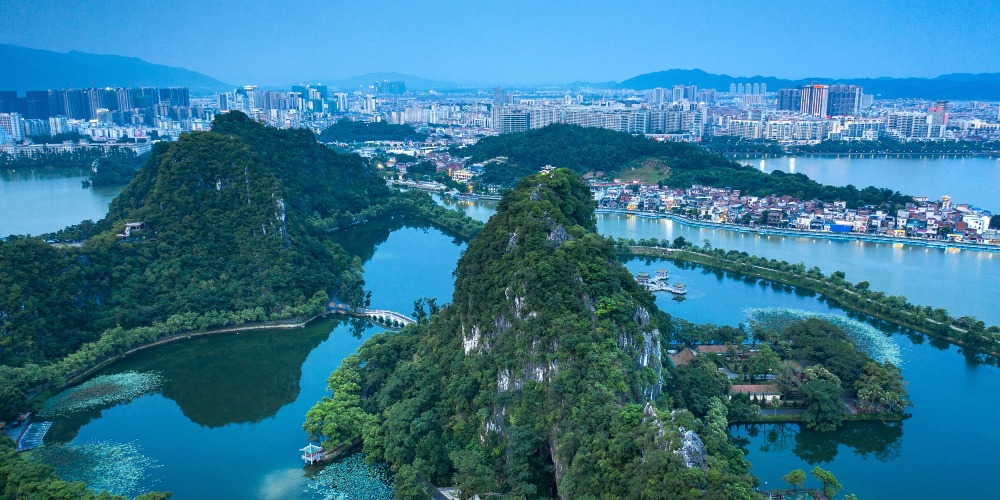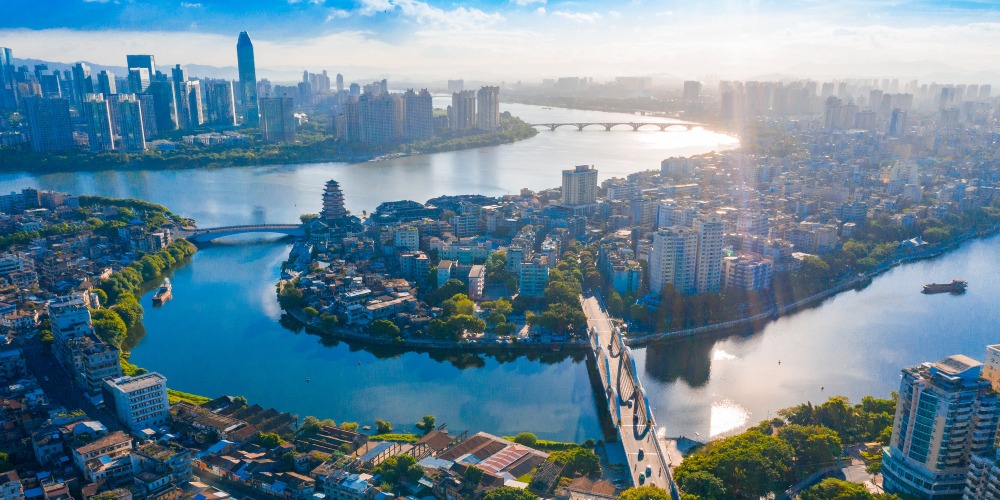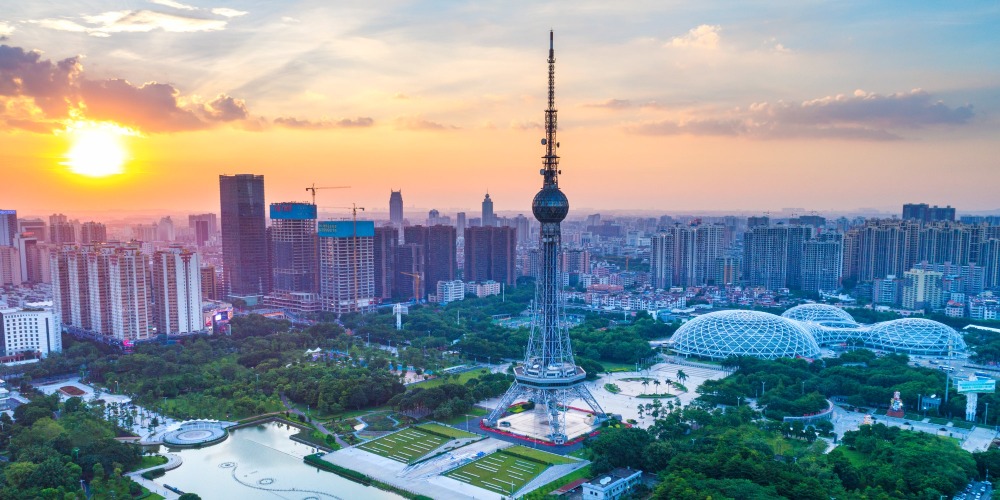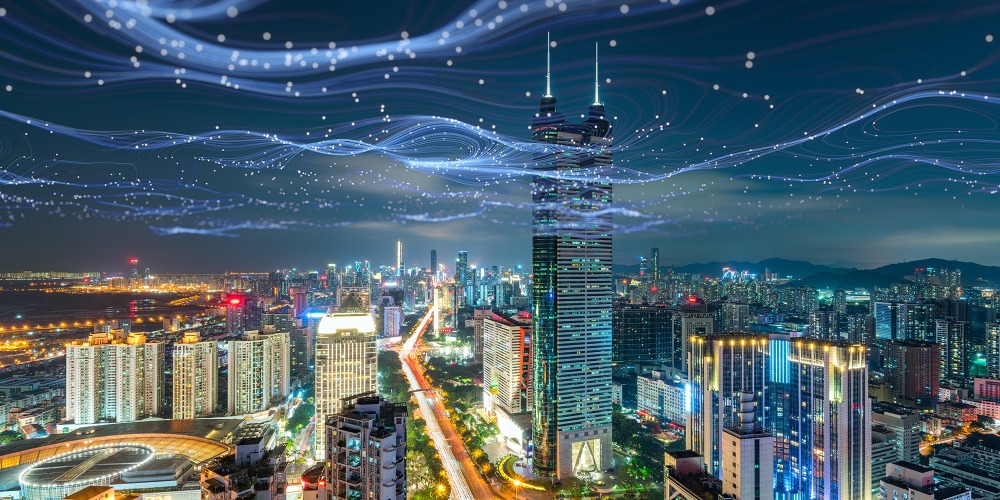Published : 2023-06-02
The Guangdong-Hong Kong-Macao Greater Bay Area (GBA) covers 11 cities, and do you know all these places?
Among the 11 cities, Shenzhen is at the forefront of development in terms of population, economy, industries and life.
This article will introduce you to the legendary Shenzhen in 5 sets of figures.
Average age of 32.5: The youngest city in China
If you’ve been to Shenzhen before, you would probably agree that the city is heavily populated, especially by young people.
Since the Reform and Opening-up in 1979, Shenzhen's permanent population has increased by 40 times over the past 40 years, rising from 314,000 in 1979 to 17,662,000 in 2022, which is a clear indication of Shenzhen's attraction to talents.

Meanwhile, Shenzhen ranks is also the second most densely populated city in GBA, after Macao, with more than 17 million people living on 1,997 square kilometres of land and a population density of more than 8,000 people per square kilometre.
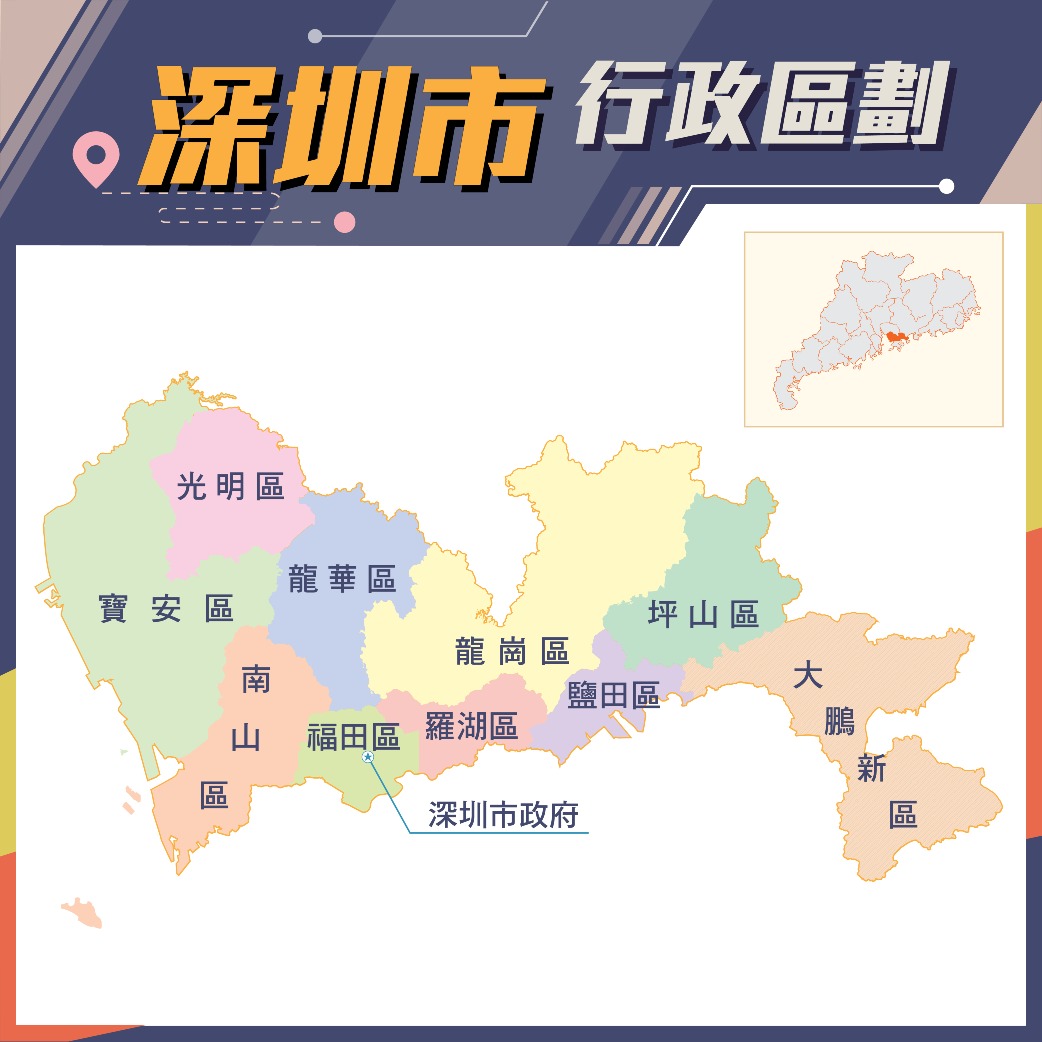
The 2017 census showed that the average age of Shenzhen's resident population was only 32.5 years old, making it the youngest city in GBA, and the percentage of employed people in Shenzhen in 2018 was more than 80%, much higher than that of the other three first-tier cities (Beijing, Shanghai and Guangzhou).
Read More: Shenzhen has the youngest population in the country
GDP over 3 trillion CNY: Shenzhen ranked among world's top 10 financial centres
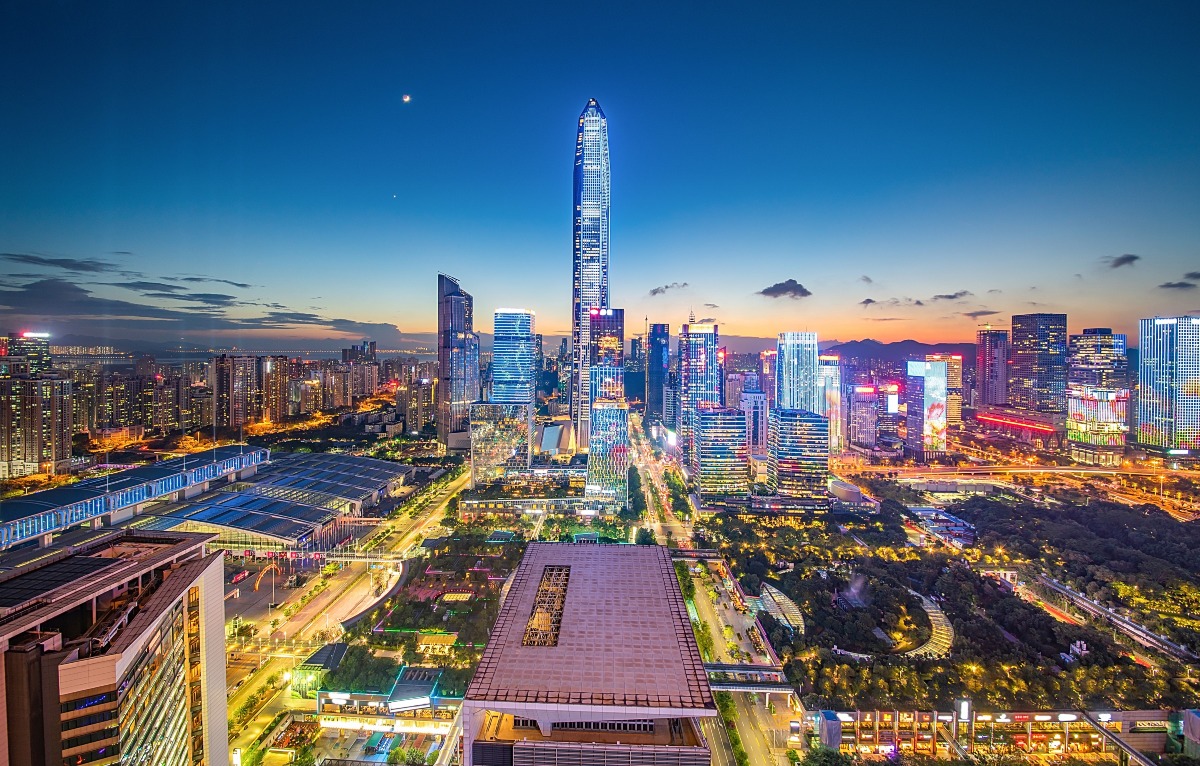
Data from the Shenzhen Bureau of Statistics shows that in 2022, Shenzhen's Gross Domestic Product (GDP) amounted to 3,238.768 billion (CNY, the same below), a year-on-year growth of 3.3%.
There are only three cities in China where the GDP has exceeded CNY 3 trillion, namely Shanghai, Beijing, and Shenzhen.
This GDP figure ranks first among all cities in GBA, and 10th among global city GDP rankings. In 1979, Shenzhen's GDP was only CNY 197 million. In 43 years, its GDP has grown by more than 16,000 times, creating the "Shenzhen Speed" that has entered the annals of world economic development.
Read More: Shenzhen’s GDP breaks through the CNY 3 trillion milestone
4 Pillar industries: A gathering of tech giants
There are four pillar industries that drive Shenzhen's economic growth: high-tech industry, logistics, finance, and culture.
Special attention is given to the "seven strategic emerging industries" (七大戰略產業), namely, biology, the internet, new energy, new materials, cultural creativity, new-generation information technology, and energy conservation and environmental protection, all revolving around the concepts of "technology" and "innovation".
Shenzhen is home to the headquarters and research and development centres of many hi-tech giants, including ZTE, Huawei, Tencent, and Apple.
Shenzhen's innovative environment has also nurtured a number of leading innovation companies, including DJI, the leading civilian drone company, and BYD, one of China's largest new energy vehicle companies.
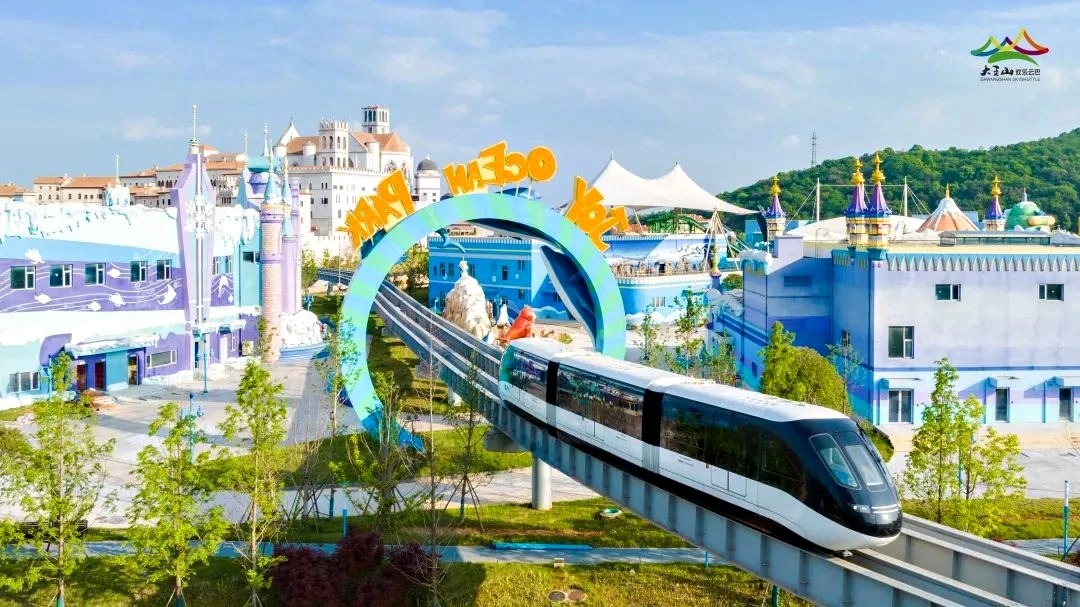
Read More: These four GBA companies are leading China's technology sector
60,000 5G base stations: Shenzhen has full 5G coverage
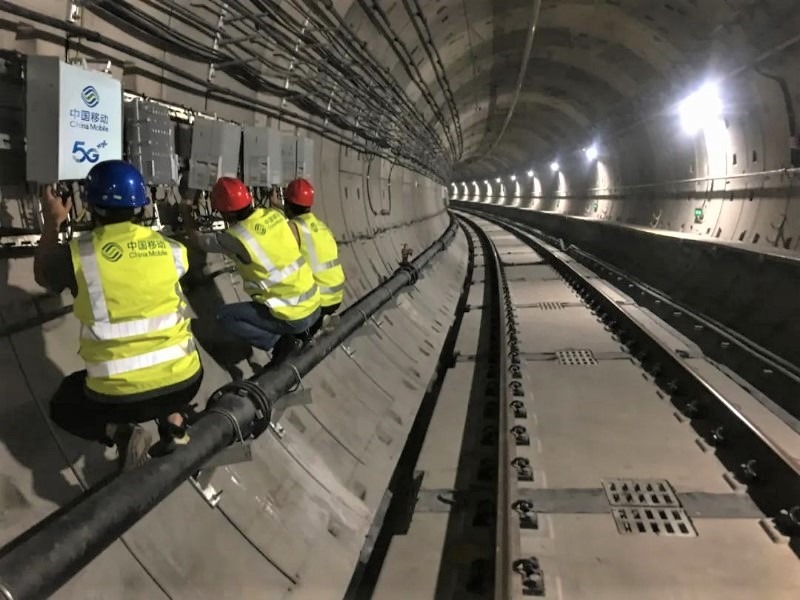
The development of innovation and technology requires the support of "new infrastructure", and 5G network is one of the important areas. In this regard, Shenzhen is at the forefront nationally.
According to "People’s Daily", by December 2022, Shenzhen had built 64,500 5G base stations in total, achieving full 5G network coverage. The number of 5G base stations per 10,000 people amounted to 36.8 in the city, and the density of 5G base stations per square kilometre amounted to 32.3, which is the highest density in the country.
530km long MTR: Shenzhen is building a world-class transport hub
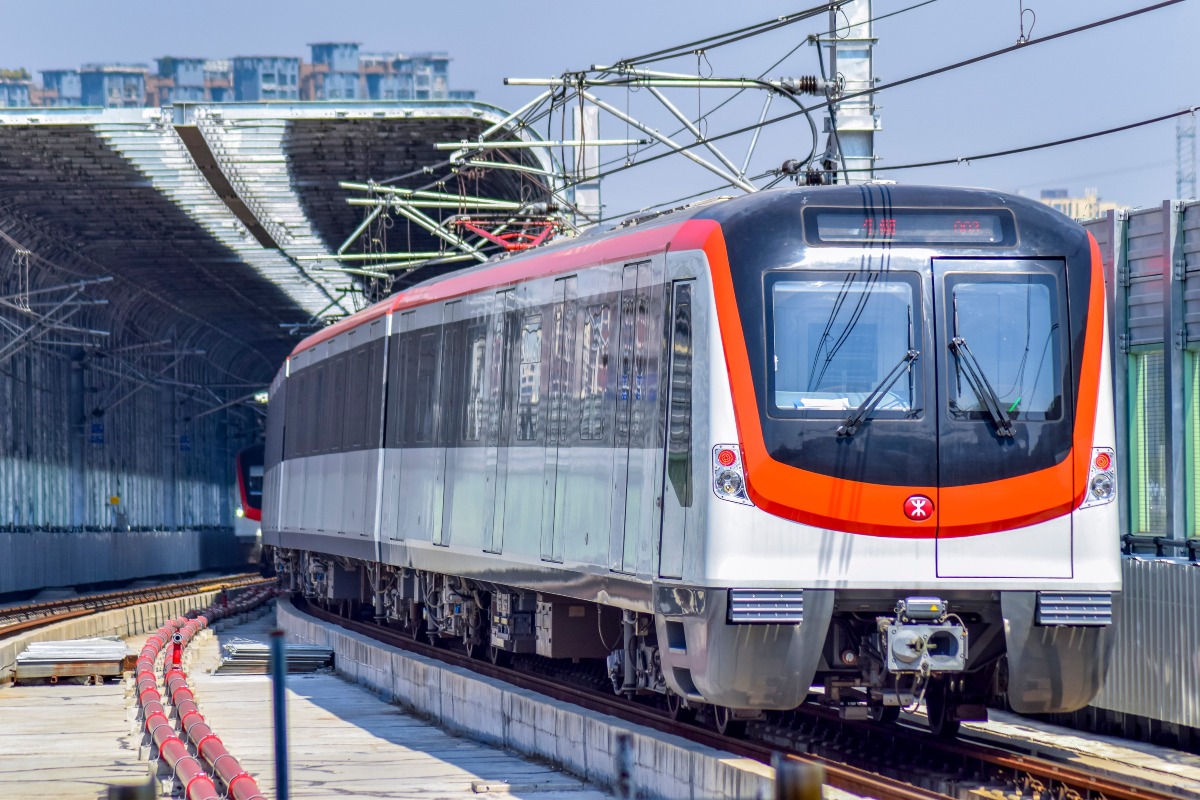
International standards set 400 kilometres as the entry threshold for world-class metro cities. By 2022, Shenzhen's metro mileage reached 530 kilometres, making it the second city in the Greater Bay Area to exceed a railway mileage of 500 kilometres, only second after Guangzhou's 621 kilometres.
The Shenzhen-Zhongshan Link, connecting Shenzhen and Zhongshan, is expected to be completed in 2024, which will accelerate the formation of "one-hour economic circle" the GBA and consolidate Shenzhen's position as a major transport hub in the GBA.
Read More: Highlights of metro in the Greater Bay Area in 2022
